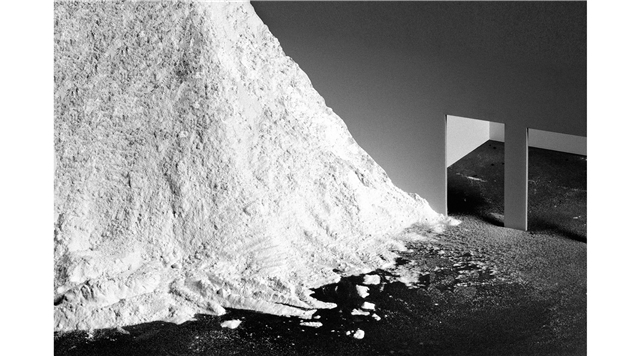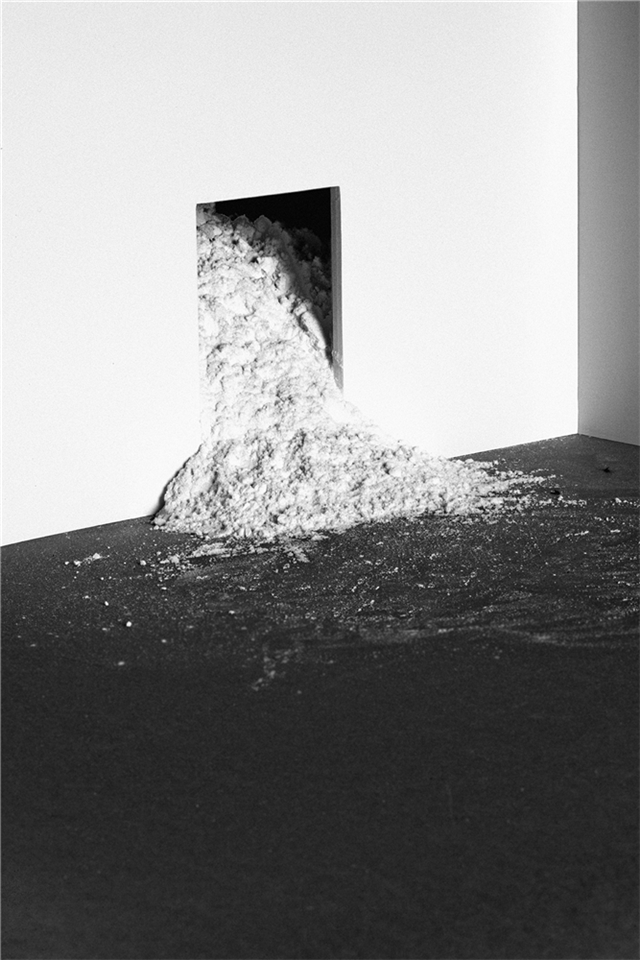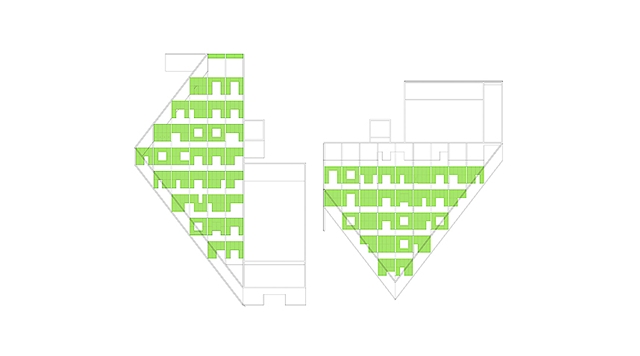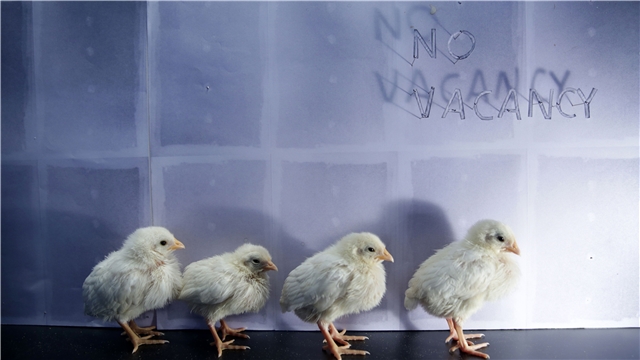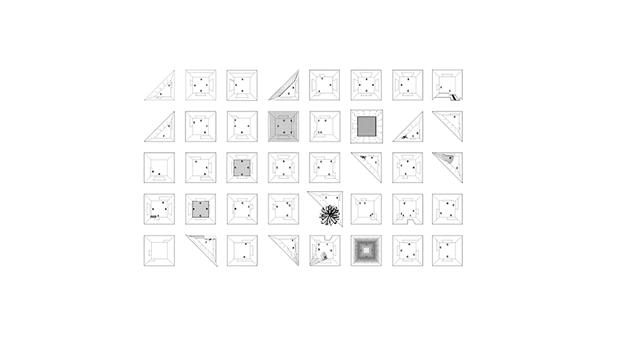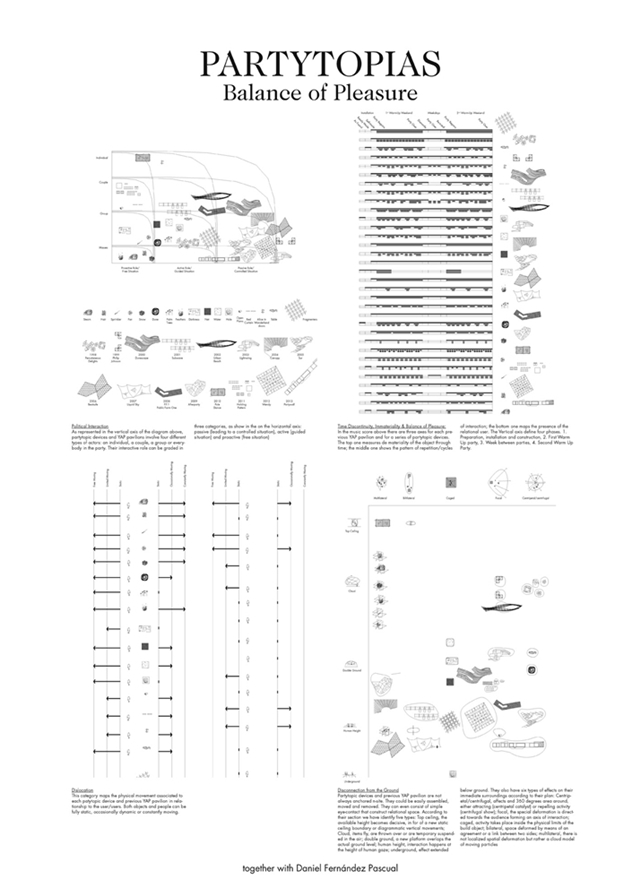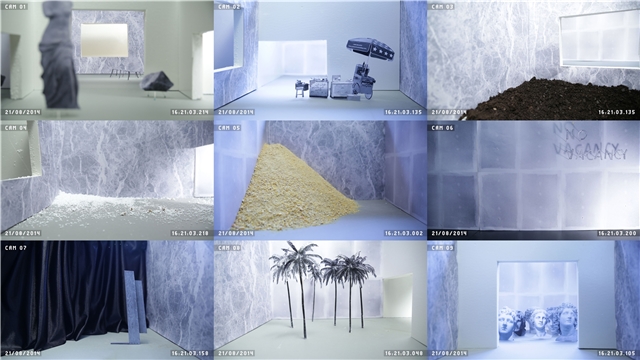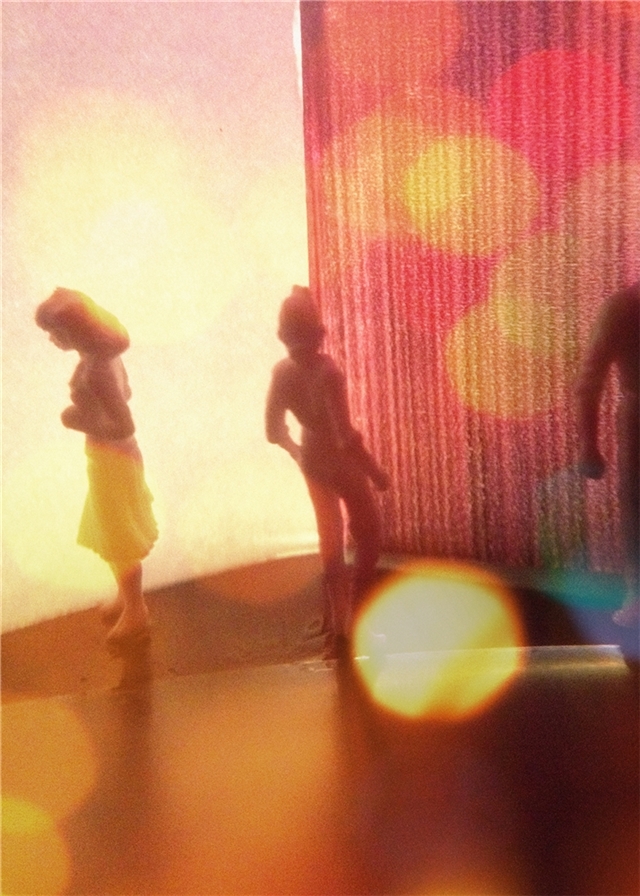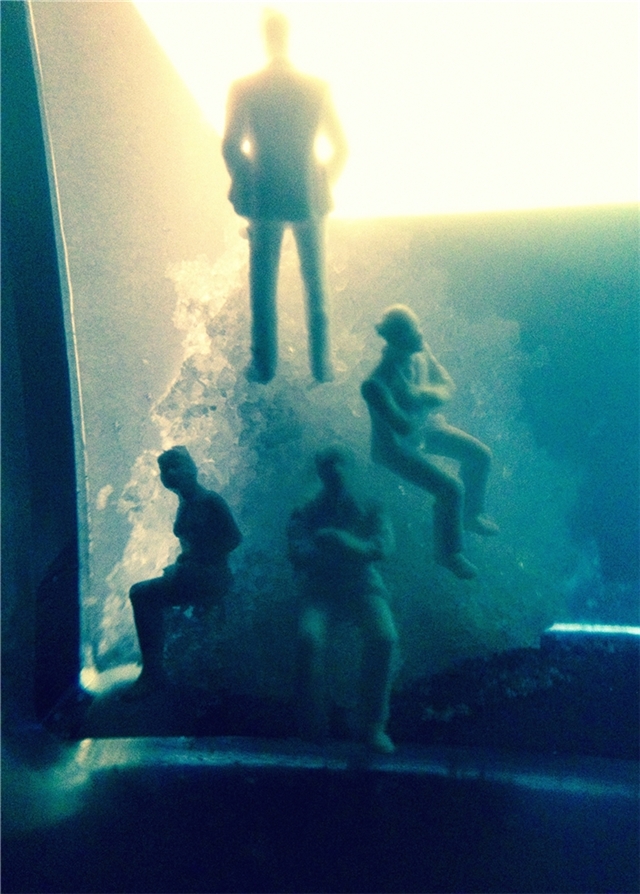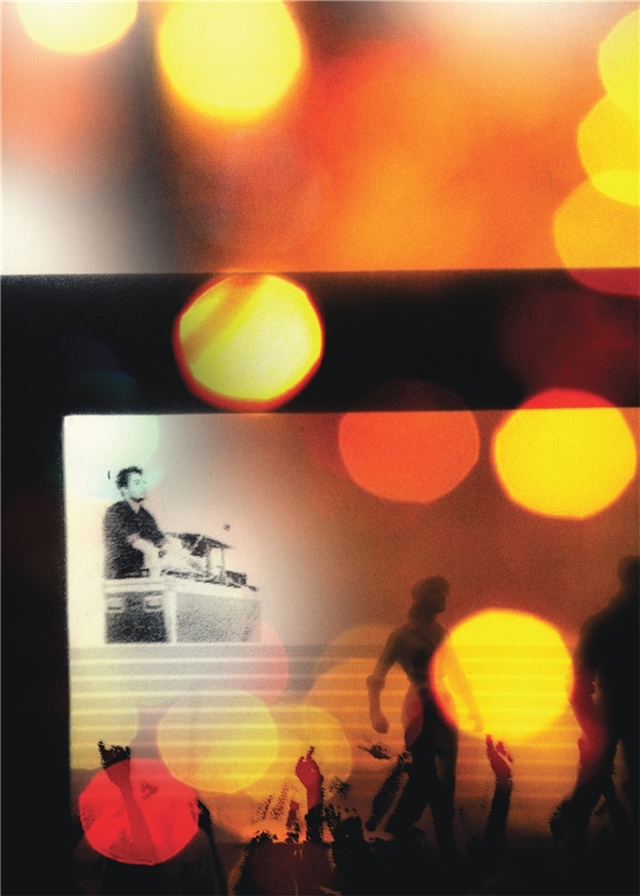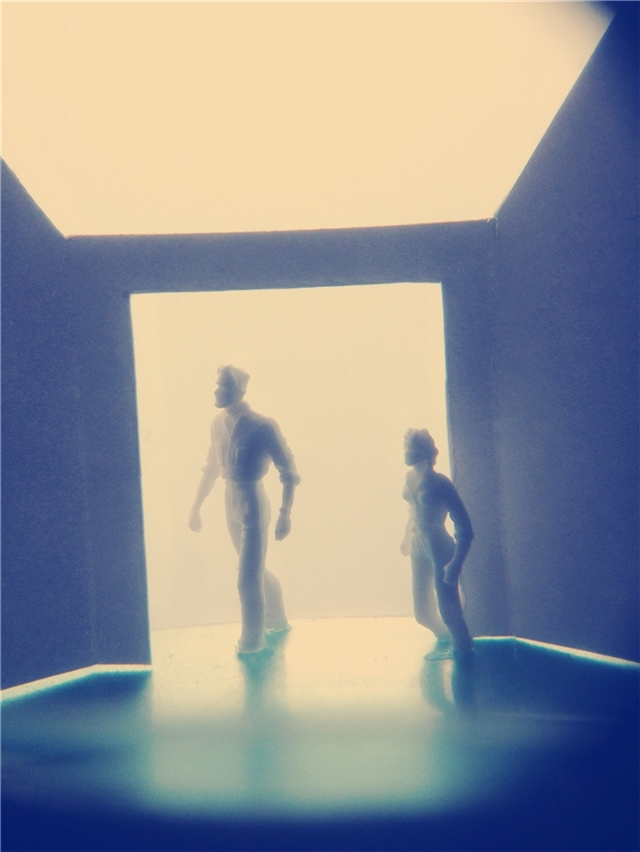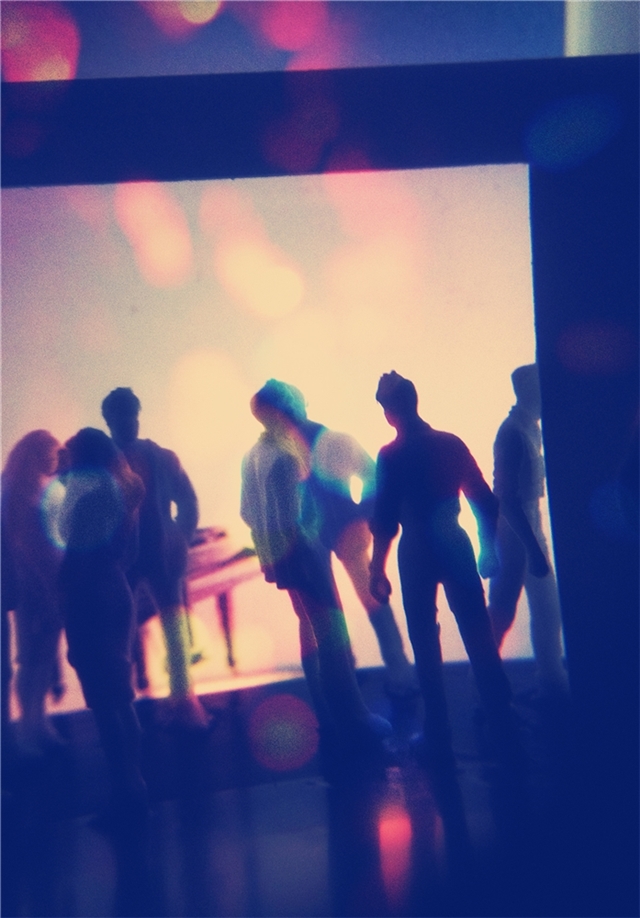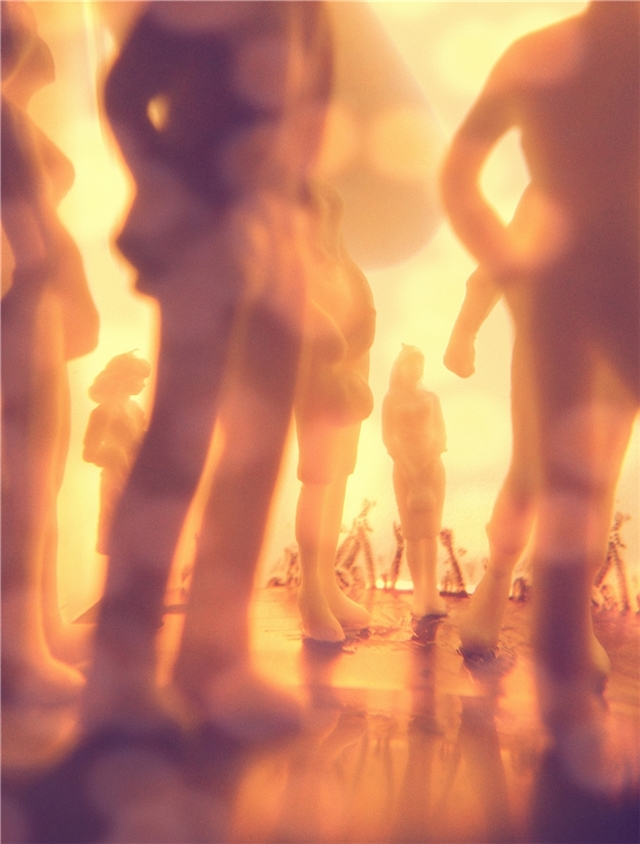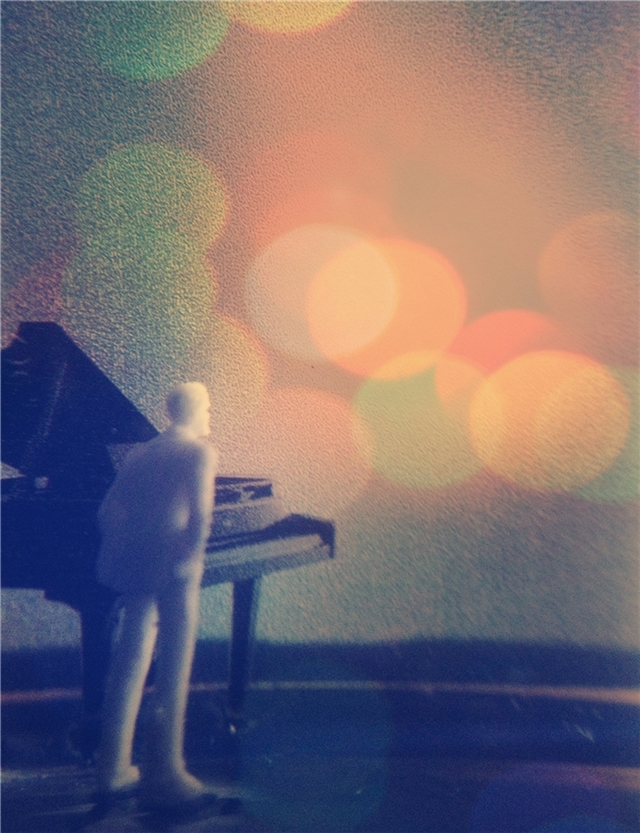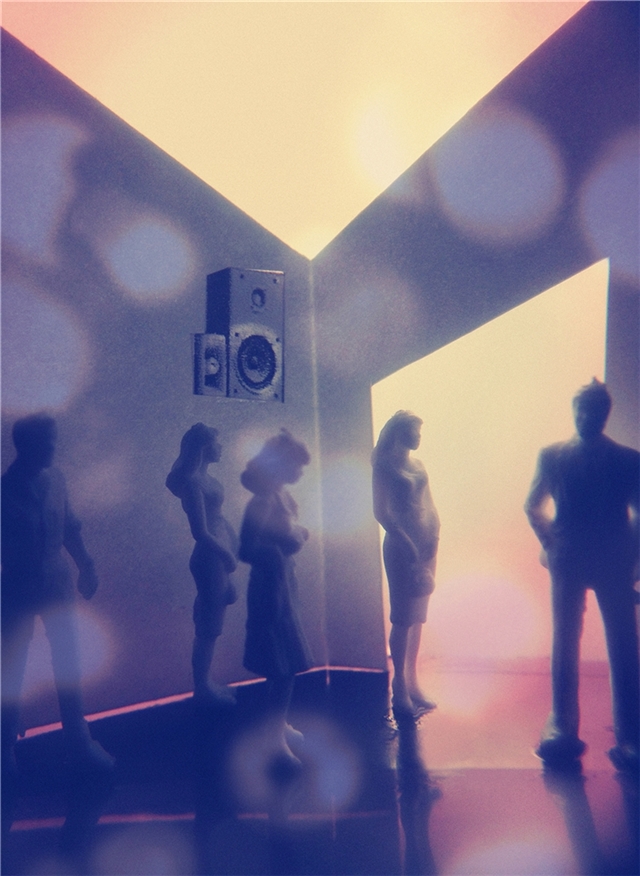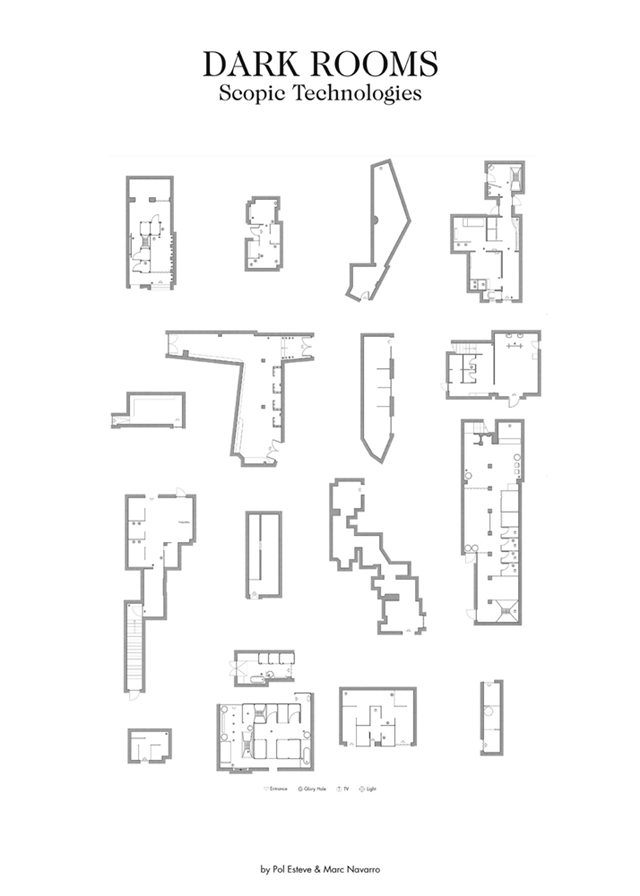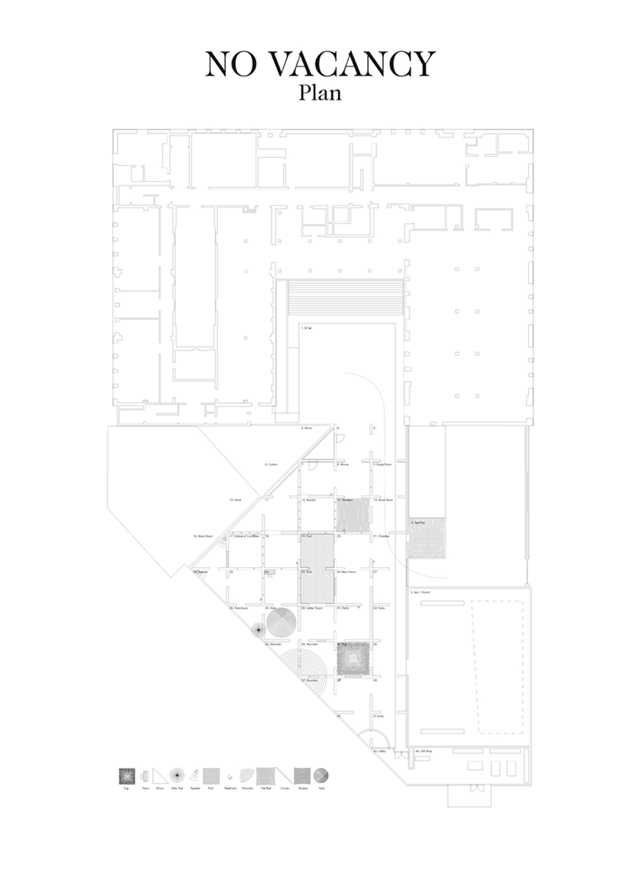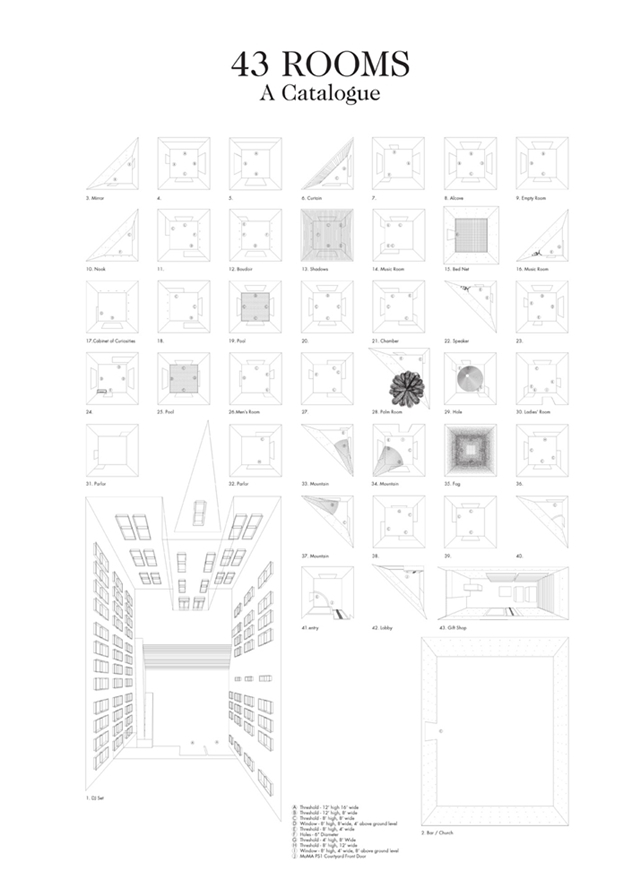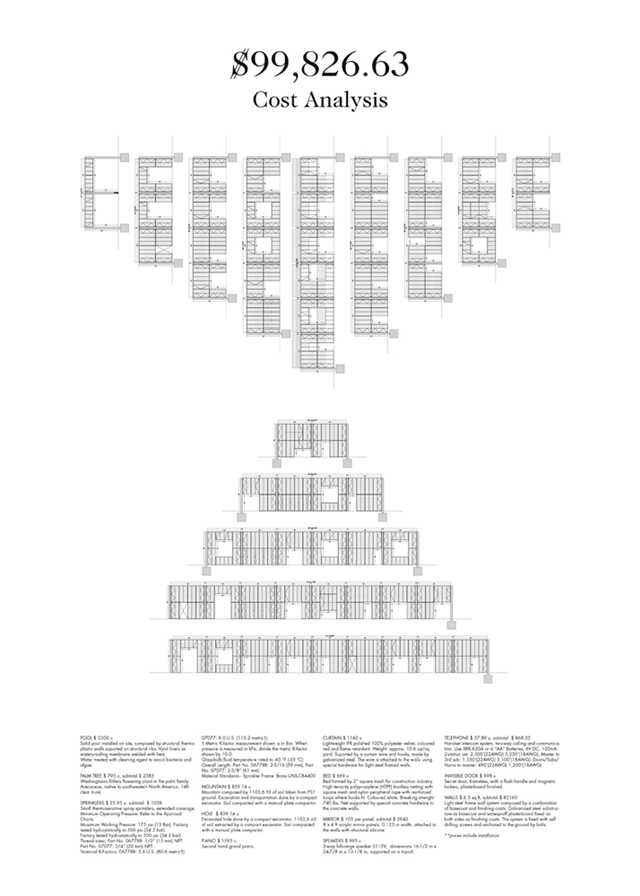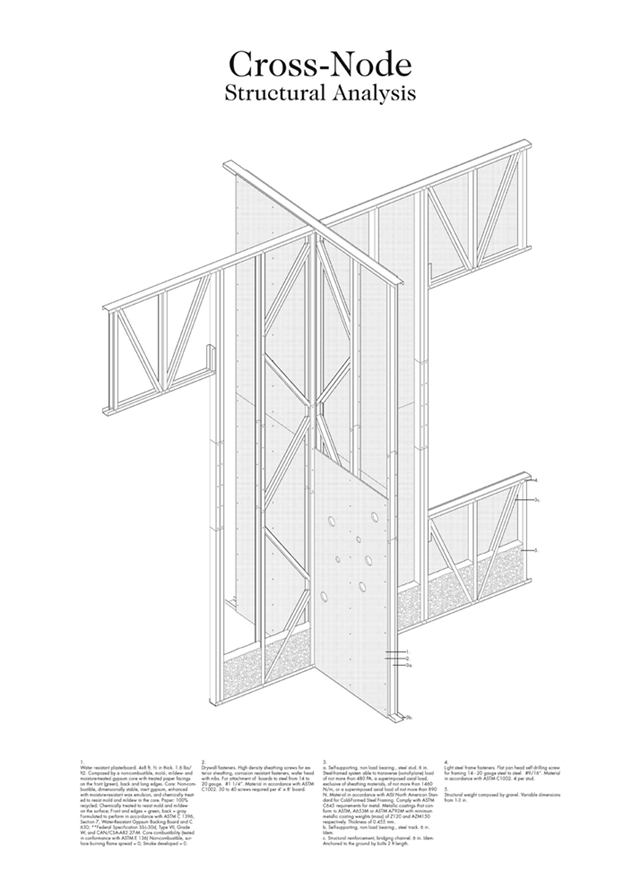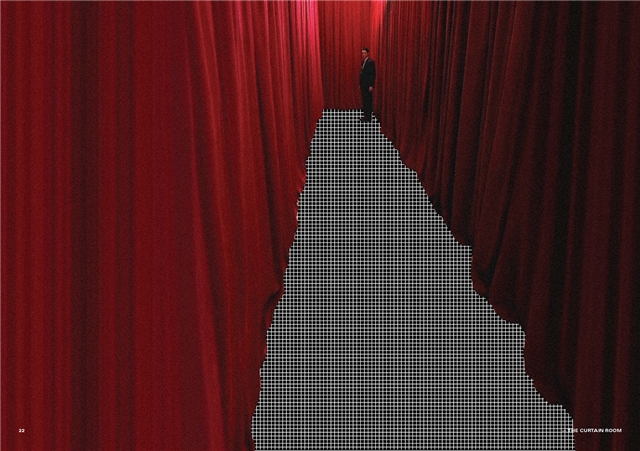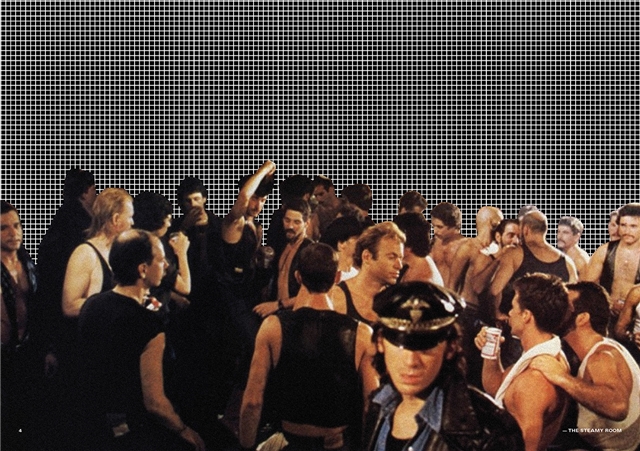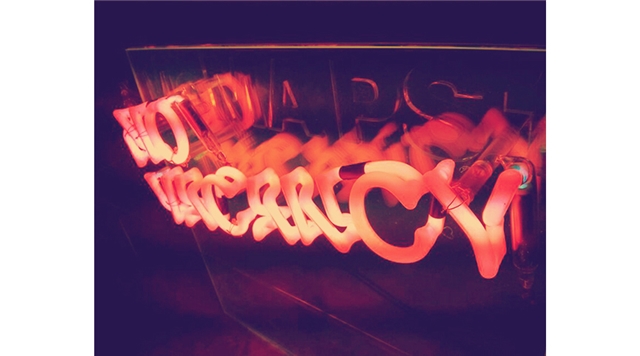One of the most difficult questions that the design for the MoMA PS1 pavilion raises is the adequacy of architecture for constructing, igniting, or boosting a party. New York’s legendary glamour is supported by its history of hedonistic celebrations. Rooms: No Vacancy recovers the tradition of New York parties and its relation to their venues. Yet, if we analyze them (bars like the CBGB’s, lofts like the Factory, bedrooms like the Chelsea Hotel, clubs like The Mudd Club, mixed-use locations like Union Pool etc.), we observe some striking coincidences. In the first place, they were mostly set in interior or semi-indoor spaces. Furthermore, they were enriched by a variable number of different areas that could go from rooms of variable dimensions to hallways, kitchens, stages, rooftops, dance floors, stairs, entrances, and more.
The project Rooms: No Vacancy recuperates the tradition of the New York party scene, raising the question of how architecture could start, ignite, or boost a successful celebration though a typological and technological approach. Celebrations are never activated by spectacular architecture, but by the public in its interaction with different technologies. Festivities taking place in big-scale spaces such as raves, concerts, etc. use devices that are mostly atmospheric (light, sound, music) or related to our bodies (drugs, alcohol, sex) to keep the party going. Small, medium, or very reduced festive settings such as apartments, bars, dark rooms, etc. use more architectural methods to provide tactile experiences (surface materials) and to unveil or conceal (walls, doors).
Rooms: No Vacancy could be described through two fundamental principles. It relates to the tradition of New York architectural parties being formed by a system of multiple uncovered interior spaces; it is constructed by an endless grid of alike 16 x 16 x 16″ rooms that offer the public a continuous succession of different atmospheres, groups, conversations, etc. This is achieved through a number of activating devices: the recyclable walls curate views, organize a complex circulation, and throw shadow through doors, secret entrances, windows, or holes. A number of special areas add an element of surprise, like the Mountain, the Music Room, the Fog, the Bed Net, the Chamber, the Hole, the Shadows, the Curtain, etc., and a collection of secret capsules provide darker intimate spaces for the enjoyment of the braver or shyer section of the public.



